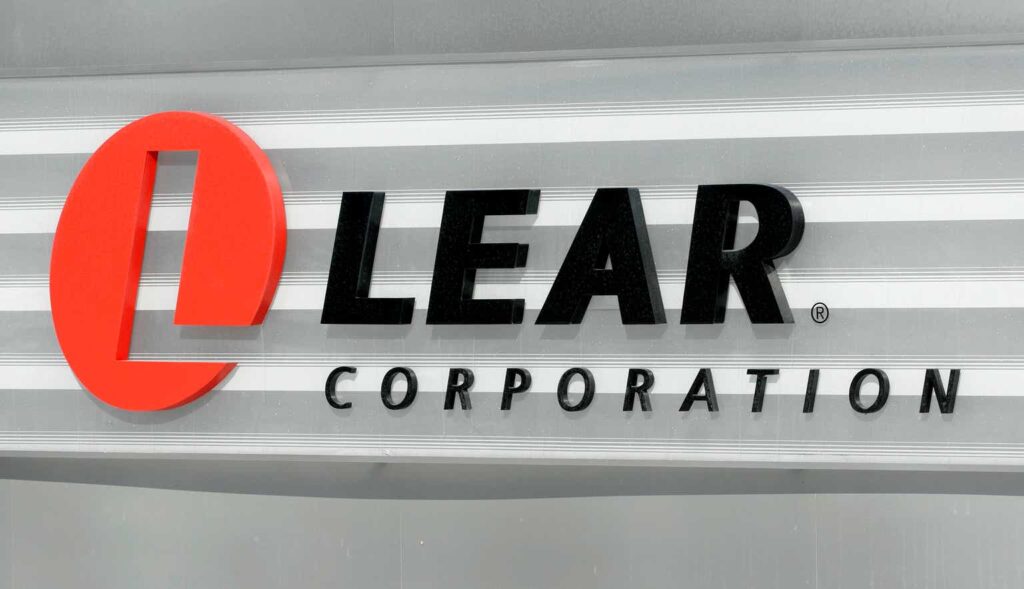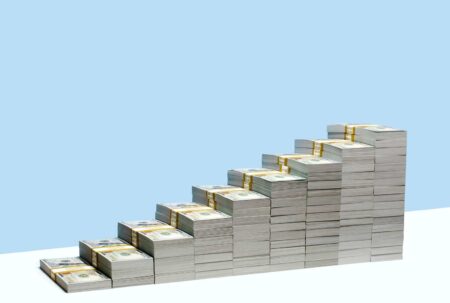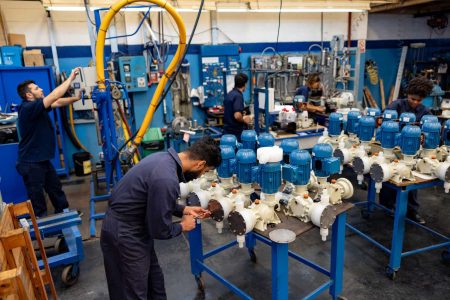Elevator Pitch
I rate Lear Corporation (NYSE:LEA) as a Hold.
My earlier article published on July 17, 2023, touched on Lear Corporation’s latest products offered by its Seating business, and LEA’s full-year FY 2023 financial prospects. I turn my attention to LEA’s most recent quarterly results release and the company’s management guidance for the new fiscal year in this write-up.
I have chosen to downgrade my rating for LEA from a Buy to a Hold after considering the company’s below expectations Q4 2023 earnings and FY 2024 guidance. However, I think that Lear Corporation doesn’t deserve a Sell rating because its shareholder yield and valuations are attractive. In that respect, my decision is to have a Hold rating for Lear Corporation.
Lear’s Fourth Quarter Earnings Fell Short Of Expectations
LEA announced its Q4 2023 financial results with a press release issued on Tuesday, February 6, 2024, before the market opened. The company’s latest quarterly bottom line came in lower than what Wall Street had anticipated.
The normalized earnings per share or EPS for Lear Corporation increased by +5.6% QoQ and +7.8% YoY to $3.03 in the final quarter of the previous year. But LEA’s actual Q4 2023 non-GAAP adjusted EPS was -2.5% lower than the sell-side analysts’ consensus bottom line projection of $3.11 per share.
On the flip side, the company’s top line rose by +8.8% YoY to $5,841 million for Q4 2023, and this was +2.9% better than the market’s consensus revenue estimate of $5.68 billion. As such, it is likely that weaker-than-expected profitability, rather than slower-than-expected revenue growth, was the key reason for LEA’s Q4 2023 earnings miss.
Even though Lear Corporation’s revenue grew meaningfully in the recent quarter, the company’s Q4 2023 normalized operating margin of 4.93% was the same as what it achieved a year ago in Q4 2022. More significantly, LEA’s actual Q4 2023 operating margin turned out to be -7 basis points below Wall Street’s consensus operating margin forecast of 5.00% (source: S&P Capital IQ).
In its Q4 2023 earnings presentation slides, LEA noted that its Seating business’s operating margin for the recent quarter took a -10 basis points hit from the negative effects of acquisitions on the company’s operating profitability. The company also mentioned in its fourth quarter earnings presentation that unfavorable volume and mix effects had a -40 basis points impact on the operating margin for its E-Systems business. These were the major factors that resulted in Lear Corporation reporting weaker-than-expected EPS for the most recent quarter.
It wasn’t just the company’s historical performance that didn’t live up to the market’s expectations. Lear Corporation’s outlook is also a disappointment for investors as detailed in the next section.
LEA’s 2024 Financial Guidance Came In Below Consensus Estimates
In its Q4 2023 results press release, Lear Corporation outlined its expectations for the new fiscal year.
Specifically, LEA sees its revenue expanding by +3.5% from $23,467 million in FY 2023 to $24,300 million for FY 2024 as per the mid-point of its management guidance. Lear Corporation also expects the company’s normalized EBITDA to rise by +8.5% from $1,724 million last year to $1,870 million (mid-point of guidance) this year.
Although it is positive that Lear Corporation is anticipating top line and EBITDA growth in this fiscal year, the company’s FY 2024 financial guidance wasn’t as good as what the market had hoped for. In specific terms, LEA’s revenue and EBITDA were -0.4% and -5.6% below the sell-side consensus forecasts of $24.4 billion and $1.98 billion, respectively.
LEA’s disappointing EBITDA guidance for FY 2024 is likely attributable to expectations of higher wage expenses. At its Q4 2023 earnings call, Lear Corporation stressed that “one of the biggest challenges we have (this year) is in regards to wage inflation”, and it highlighted that “wage inflation” is now “roughly 2x what we’ve experienced historically.”
Looking beyond FY 2024, Lear Corporation’s results in FY 2025 might also disappoint the market, particularly the profitability of its E-Systems business. LEA’s E-Systems business saw its segment margin improve from 3.5% in FY 2022 to 4.6% for FY 2023, and the company was initially targeting an 8% segment margin for this business in FY 2025. However, Lear acknowledged at its recent fourth quarter earnings briefing that “EV volumes and the transition to EVs are a little bit slower than what we had anticipated” which it expects to “have an impact on E-Systems margins.”
In a nutshell, LEA’s latest quarter financial performance and its business outlook are unimpressive.
Appealing Shareholder Yield
Lear Corporation could potentially offer a shareholder yield (dividends and buybacks divided by market capitalization) of 6.3% for FY 2024. LEA’s appealing shareholder yield is likely to limit the downside for the company’s shares.
The stock’s consensus FY 2024 dividend yield is 2.3%. This assumes that Lear Corporation continues to distribute quarterly dividends per share of $0.77 which it has done since late-2021.
Separately, LEA indicated at its Q4 2023 results briefing that “share repurchases sort of in that 4% of shares outstanding range is a reasonable target” for 2024, which translates into a buyback yield of 4%. The company mentioned that it expects to register an increase in free cash flow in FY 2024 with no inorganic growth plans in the near term, and this supports the case for continued shareholder capital returns this year. Notably, the company spent $313 million buying back around 4% of its shares last year, so it is realistic to expect the company to do the same level of share buybacks in the current year.
To sum things up, an expected 6.3% shareholder yield (sum of dividend yield and buyback yield) is pretty attractive and should provide decent support for Lear Corporation’s valuations and share price.
Undemanding Valuations
The company emphasized at its latest fourth quarter results call that “we fully expect to continue to be aggressive in buying back stock and to be opportunistic as there’s sort of this dislocation in value in the near term.” It is obvious that Lear Corporation views its shares as undervalued, which is a key motivation for doing buybacks.
My opinion is that LEA’s valuations are undemanding. The market currently values Lear Corporation at a consensus next twelve months’ EV/EBITDA multiple of 5.0 times (source: S&P Capital IQ).
The stock’s three-year and five-year mean EV/EBITDA ratios are 6.4 times and 6.0 times, respectively. As such, Lear Corporation is trading at a discount to historical averages based on the EV/EBITDA valuation metric.
Also, Lear Corporation’s operating earnings multiple is below its operating earnings growth rate, which is an indication of undervaluation. LEA trades at 5.0 times EV/EBITDA as mentioned earlier. The company’s historical FY 2010-2023 EBITDA CAGR is +6.5% as per S&P Capital IQ, and its weaker-than-expected financial guidance still implies a +8.5% growth in EBITDA for the current year.
Concluding Thoughts
I award a Hold rating to Lear Corporation, following an assessment of the stock’s financial outlook and its shareholder capital return prospects. LEA’s dividends and buybacks might potentially translate into an enticing FY 2024 shareholder yield of 6.3%, but the company’s profitability is likely to be negatively affected by high wage costs in the current year.
Read the full article here






